Euceraphis betulae (silver birch aphid)
Euceraphis betulae is a very common aphid on the European silver birch, Betula pendula.
In warm dry spells the aphids can build up large populations on the trees’ leaves, and rain droplets of sticky honeydew down onto anything or anyone underneath.
E. betulae is mainly green in colour but the body of the adult aphids is dusted with a pale bluish wax, which may also form a furry coating on the antennae and legs.
This species produces several generations of young each year. In summer all the adults are winged females that are produced without mating - parthenogenesis. They are very active and fly when disturbed.
In autumn, when winged males and wingless egg-laying females are produced, sexual reproduction occurs and eggs are laid which survive over winter.
Species detail
-

Taxonomy
Aphids are particular about the trees they feed on. Find out which tree species Euceraphis betulae and its relatives prefer.
-

Distribution
You’ll find Euceraphis betulae wherever the silver birch tree grows. But where might that be?
-

Biology
Euceraphis betulae goes through several generations every year. Discover how each generation differs, and how these clever insects exploit the birch tree’s resources to the full.
-

References
Get reference material for Euceraphis betulae.
Images
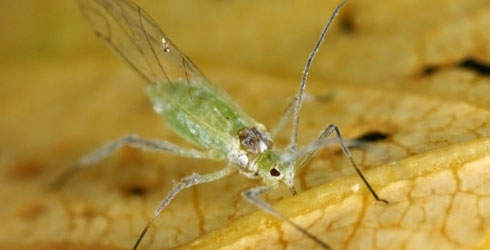
Euceraphis betulae.
© Jarmo Holopainen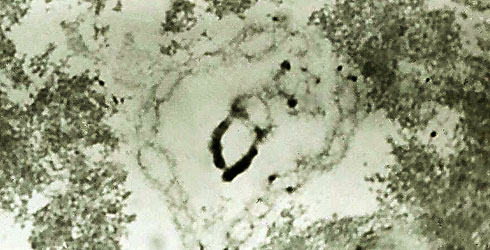
Creating genetic diversity - this photomicrograph of the inside of an ovary of E. betulae shows the nucleus of an egg with chromosomes at the stage of meiosis called diplotene, when pairing and crossing over occurs. The 'chains' visible in the photograph are paired chromosomes, and the 'links' in the chains are the points of crossing over between them (called chiasmata).
© Roger Blackman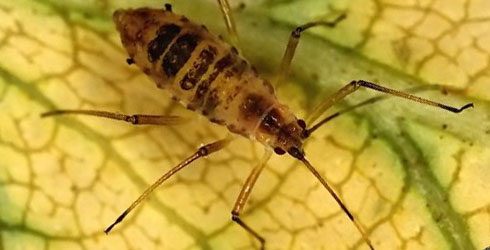
Euceraphis betulae female.
© Jarmo Holopainen
Euceraphis betulae mating.
© Jarmo Holopainen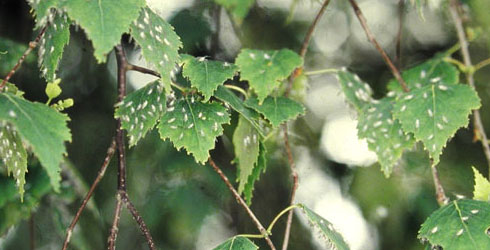
E. betulae produces 3 generations of young each year. In warm weather, populations grow very quickly.
© Jarmo Holopainen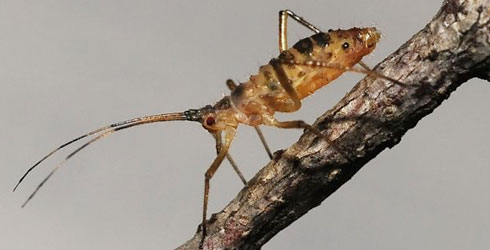
Euceraphis betulae.
© Jarmo Holopainen
Euceraphis betulae oviposition.
© Jarmo Holopainen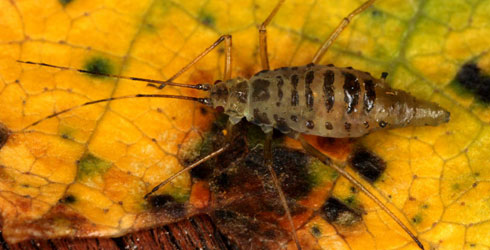
Euceraphis punctipennis.
© Jarmo Holopainen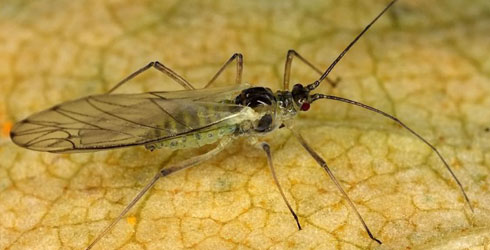
The next generation of E. betulae, becoming adult in October to November, looks completely different. It consists of winged males and wingless brown egg-laying females. This image shows E. punctipennis, which looks almost identical to E. betulaeat this stage.
© Jarmo Holopainen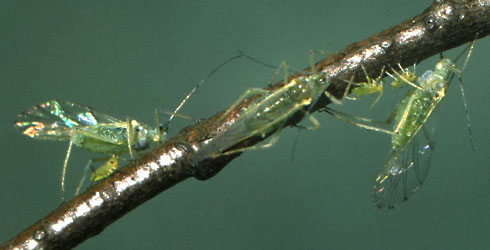
Euceraphis punctipennis. In Europe there are 12 other aphid species that feed on birch trees, most of them in the same aphid subfamily as Euceraphis.
© Jarmo Holopainen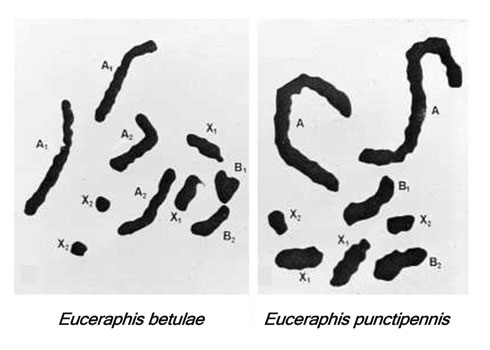
E. betulae and E. punctipennis are very difficult to tell apart and for many years they were not recognised as separate species. Differences in their chromosomes helped to make the distinction between them. E. betulae has 2 pairs of the chromosomes called autosomes (A1 and A 2), whereas in E. punctipennis these have fused into one long pair (A).
© Roger BlackmanAuthor
Roger Blackman
Scientific Associate
Department of Entomology
A word from the author
"Euceraphis betulae is a common insect on silver birch in parks and even in town centres, and therefore easily taken for granted, or regarded as a nuisance. Yet like any species, it is worth a closer look because it has an interesting story to tell."
We would like to thank Jarmo Holopainen for allowing us to use his photographs.
